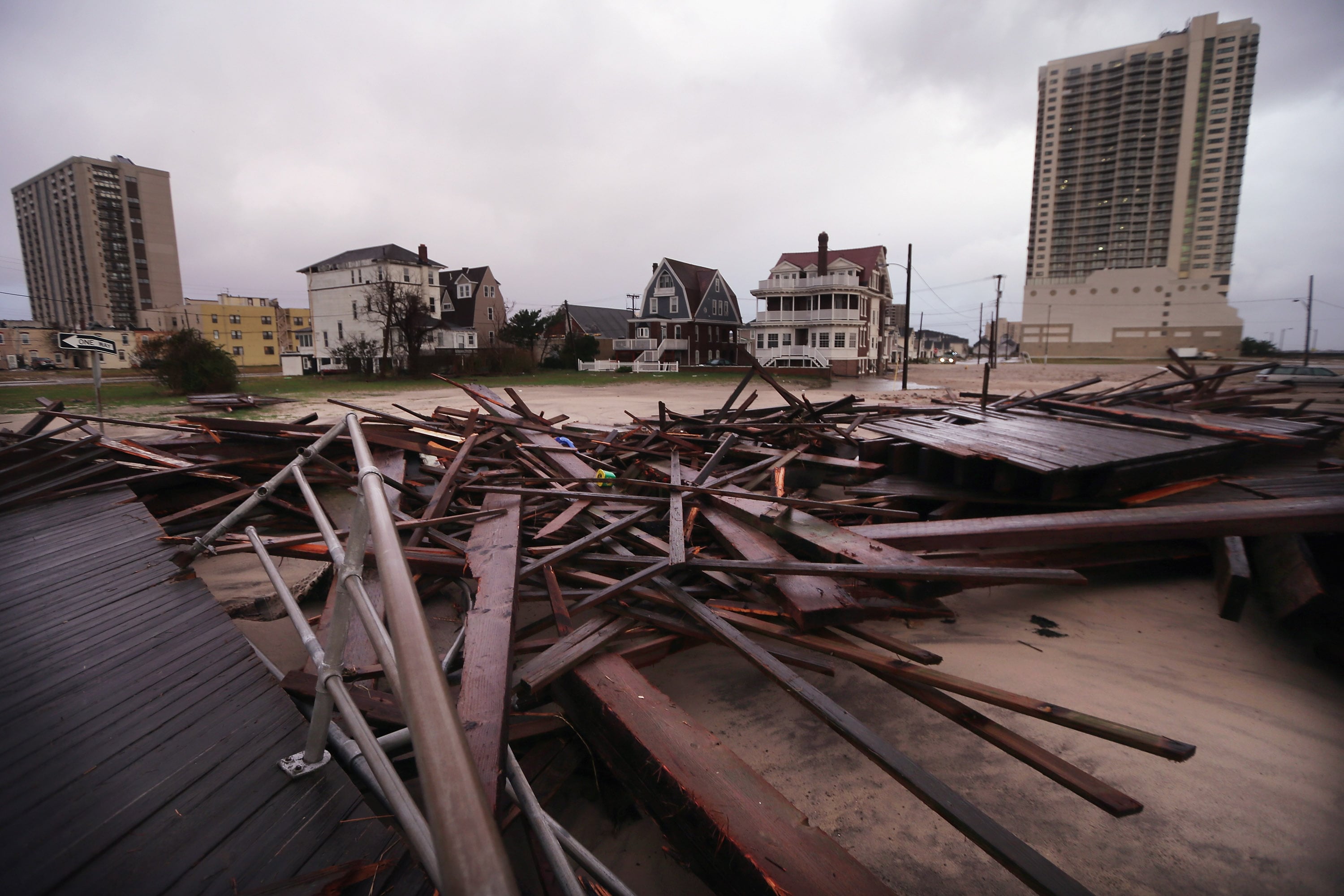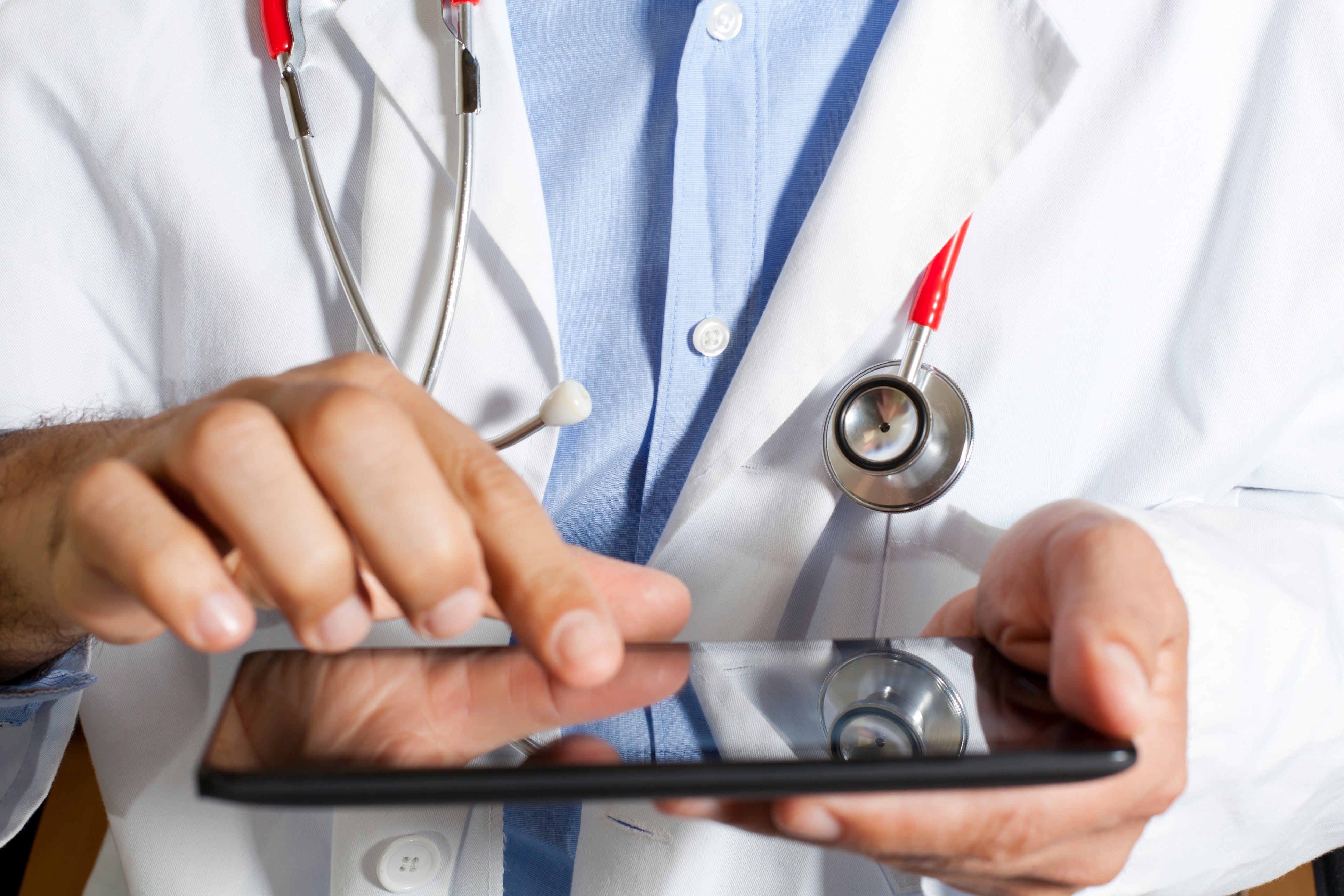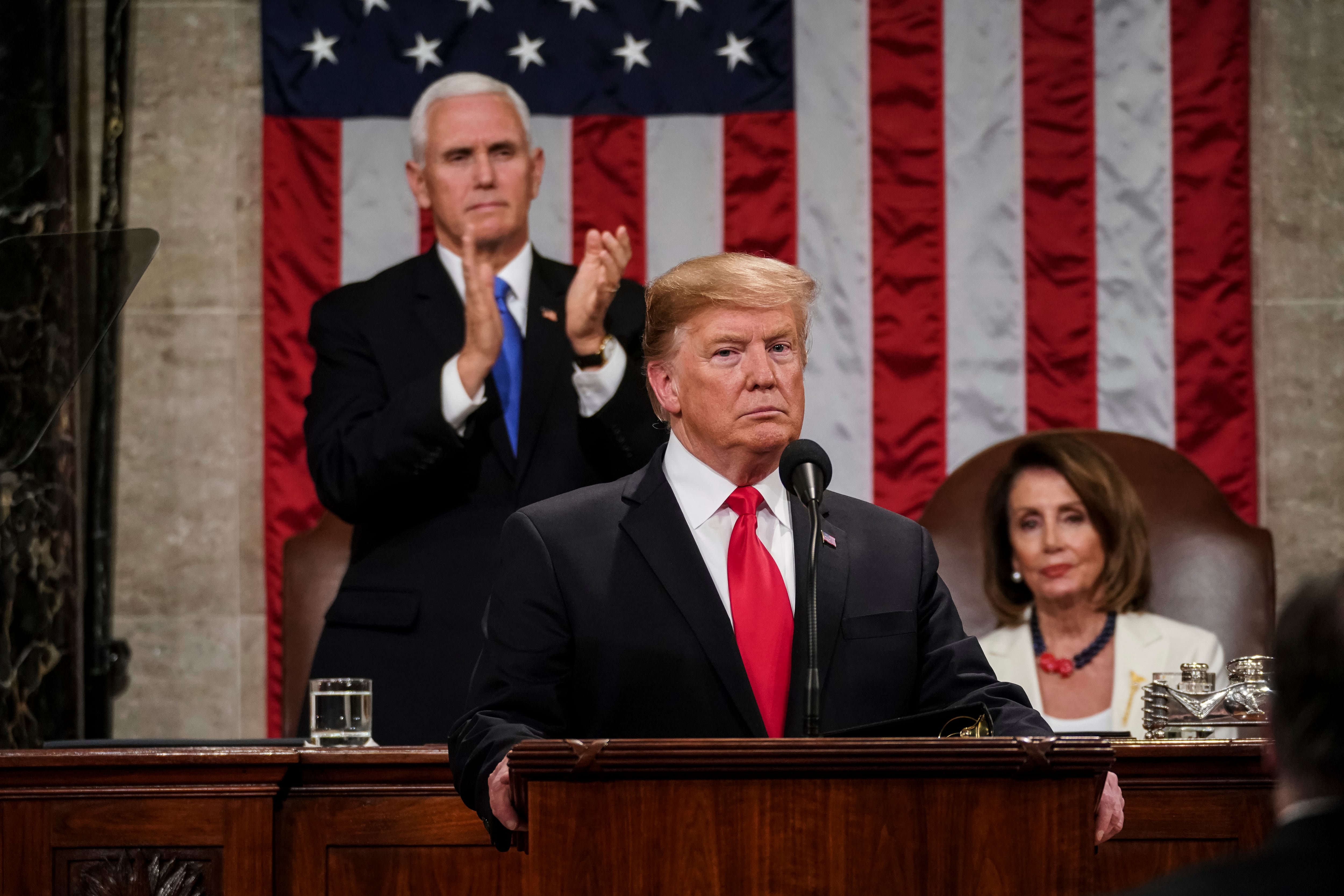When Superstorm Sandy struck the Northeastern United States in October 2012, the storm caused about $65 billion in damage and knocked out power to millions of people.
In the days and weeks following the storm, it was hard to find gas stations that had both fuel and the power to operate it, leading to widespread confusion.
But to combat this confusion and for in preparation for future storms, the Energy Department released an app Nov. 21 that allows users in disaster areas to report on the status of local gas stations and to combine those reports with data from local power stations. By opening up the "Lantern Live" app to users, the agency can quickly collect and disperse information on hundreds of gas stations without having to expend the time or resources to manually check each one.
Slideshow: 5 cool federal crowdsourcing apps
While the use of crowdsourcing has been growing for years, aAgencies are increasingly using the power of the crowd to help provide mission-critical services or conduct widespread research agencies could not have done as quickly — or at all — on their own.
In response to the growing use of crowdsourcing in mission-critical areas, the White House released a series of tools and innovation methods Dec. 2, to agencies to help spur the development of these apps.
Theis "Open Innovation Toolkit" provides agencies with best practices, training, policies and guidance on authorities related to crowdsourcing, including incentive prizes for projects and including ordinary citizens in agency research.
A tech team made up of Jenn Gustetic, the assistant director for Open Innovation at the White House Office of Science and Technology, Lea Shanley, a presidential innovation fellow at NASA, Jay Benforado, the deputy chief innovation officer at the Environmental Protection Agency, and Arianne Miller, the deputy director of The Lab at the Office of Personnel Management, wrote said in a Dec. 2 blog post that the development of the toolkit hopefully will expand the use of crowdsourcing at agencies and provide the right guidance for its use.
"The toolkit will help further the culture of innovation, learning, sharing and doing in the federal citizen science and crowdsourcing community: indeed, the development of the toolkit is a collaborative and community-building activity in and of itself," they wrote in the blog post.
The guidance should be finalized and released some time in early 2015.
Several agencies already are incorporating crowdsourcing tools to expand data-gathering efforts or provide services, including:
- The "Did you feel that?" site at the United States Geological Survey. The website allows people to report if they felt an earthquake in their location, and that data is used in research. The data is also open to developers, several of whom have built apps using the USGS data.
- The mPING App from the National Oceanic and Atmospheric Administration National Severe Storms Laboratory asks the public to write and send in their own weather reports and send them back to the agency, which the agency uses to conduct research on weather patterns. The research leads to new radar technologies and weather forecasting techniques, according to the agency.
- The FCC's Measuring Broadband America App. More than 2 million volunteers downloaded the app to their phones, allowing the agency to anonymously collect data on Internet speeds. whichthe agency uses to determine areas of slow and high speeds.
Jenn Gustetic, the assistant director for open innovation in the Office of Science and Technology Policy at the White House, said in a blog post Dec. 30 crowdsourcing tools have the ability to unlock potential from new corners of the American public.
Instead of having to go through organizations or groups to be heard, Americans can instead provide their input or experiences directly to the agencies that want them, she said.
"When we look at the purpose and potential of these tools, they are really unique ways to unlock new innovation like we've never been able to do before," Gustetic said. "They provide ways to engage individual members of the public in agency missions"
Chad Clay, the manager of Deloitte Digital, said the use of crowdsourcing among federal agencies is only going to increase as tight budgets force the government to look at alternative ways to gather data or provide services.
"Tapping into the crowd can produce results that are quicker and cheaper than they might otherwise have been and gives agencies a way to collect information or provide services for their constituents," Clay said.
As the commercial sector continues to promote crowdsourcing, citizens will begin demanding that kind of participation with their federal government, Clay said, and agencies should work to build a rapport with their respective communities for when they decide to use crowdsourcing.
He said agencies should embrace crowdsourcing as just another tool they can use to help bolster the work of their employees, instead of viewing it as competition. By engaging thousands of people, agencies can accomplish what might not have been possible a few years ago, he said.
"In crowdsourcing the needle in a haystack comes to you. The skills and interests of people who know what your agency does comes to you," Clay said.
He also offered advice to federal managers on how to successfully incorporate crowdsourcing into their app development, including:
- Identify areas where the agency has not had the resources it has needed and what data or information would be useful.
- Craft a project involving clear goals, specific metrics and with a target 'crowd' identified that could help fill a needed role.
- Make the business case for the project, not just in possible savings, but in additional data, resources or community developed.




